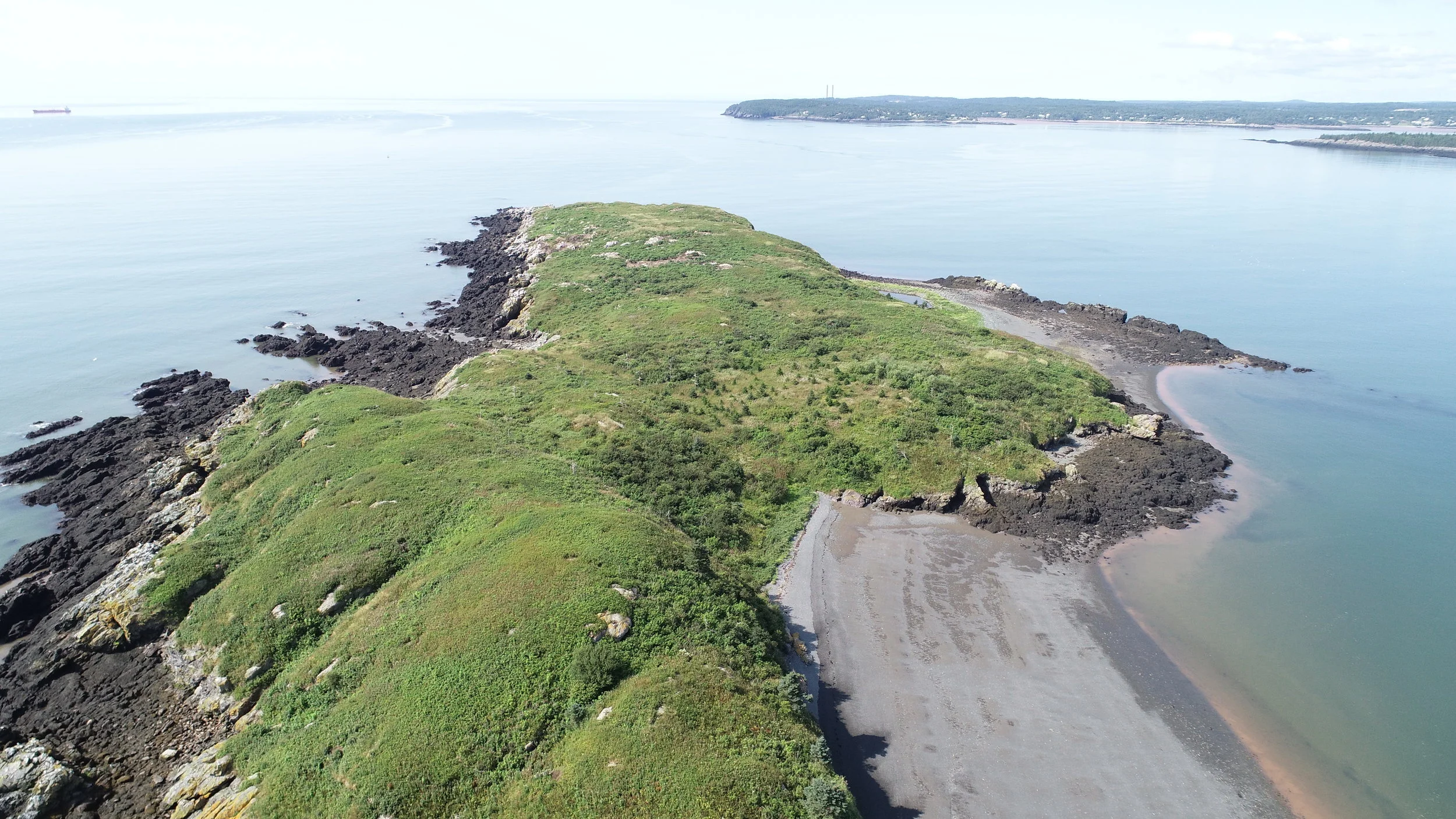Overview
This nature preserve of approximately 20 hectares (48 acres) consists of Manawagonish Island and Thumb Cap Island. They lie in the Bay of Fundy 1.5 km off Saint John. They are easily viewed from the Irving Nature Park. Manawagonish Island is an important sanctuary for sea birds.
History
The islands were generously donated to the Nature Trust in 1991 by daughters Doris Clowater, Eleanor Marcus, Joyce Pridham and Norine Summerby in memory of their parents, Dr. Kenneth A. Wilson, Q.C., and Miriam Wilson. New Brunswick Museum scientists assisted with the acquisition of the site as well as with bird banding and research. Research on the effects of pesticides on seabirds was conducted on this island from 1940 by New Brunswick Museum scientists, Will Astle (an enthusiast from New York) and by the Canadian Wildlife Service. There is a considerable amount of information on the establishment and changes that have taken place in this seabird colony.
Because the island now lacks trees large enough for the building of sea bird nests, in 2007 the Nature Trust, with the assistance of the Government of New Brunswick and multiple businesses, used helicopters to erect 5 poles with 20 platforms suitable for nests. Many of these have proven successful nesting sites.
Ecology
The island, also known as Mahogany Island in the past, was originally covered with typical coastal forest of spruce and fir, but the increase in the bird population has led to great changes in the vegetation. Little now remains of the original forest. Today there are many double-crested cormorants, herring and greater black-backed gulls, great blue herons and common eider nesting on these islands. The accumulated deposition of bird feces (guano) has led to the establishment of a diverse lichen flora on the cliffs.
Access and Activities
The islands may only be accessed by boat. Persons wishing to land on the islands should contact the Nature Trust since.
*No visiting is allowed between March and September due to the bird breeding season. For more information, please review Environment Canada’s guidelines to avoid disturbance to seabird and waterbird colonies in Canada.
*The property is undeveloped and there are a variety of hazards and risks associated with accessing this preserve. While this nature preserve is open for public access, visitors must assume responsibility for their own actions and safety and are to use the land at their own risk.


